Post-workout recovery is a crucial, yet often overlooked, aspect of any fitness routine.
While many fitness enthusiasts pour their heart and soul into their workouts, they fail to prioritize the equally important recovery phase.
This oversight can lead to prolonged muscle soreness, decreased athletic performance, and an increased risk of injury.
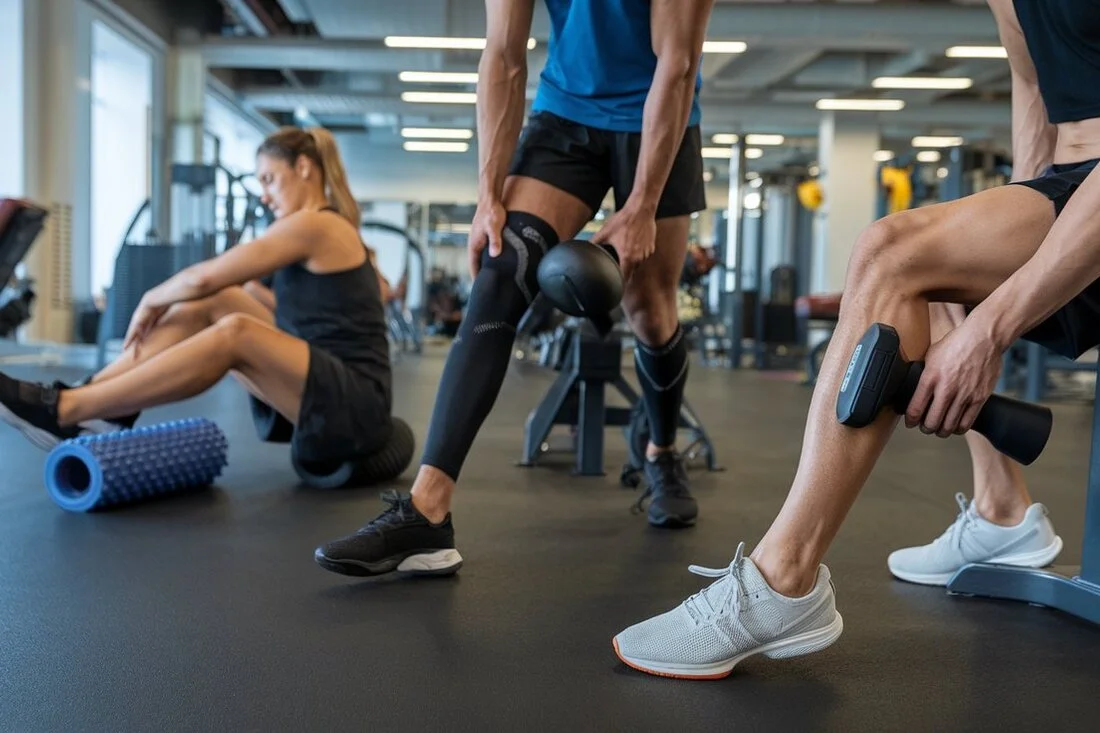
Did you know that post-workout recovery is just as important as the workout itself? Yet, many fitness enthusiasts, including athletes and gym-goers, overlook this critical step.
Neglecting proper post-workout recovery can hinder your progress, limit your performance, and even derail your fitness goals.
In this comprehensive guide, we’ll introduce the “Master Your Post-Workout Recovery: The Ultimate Equipment Checklist for Fitness Enthusiasts.”
This checklist will equip you with the essential tools and strategies to optimize your post-workout recovery, allowing you to bounce back stronger, faster, and better prepared for your next intense training session.
Whether you’re a seasoned athlete or a fitness enthusiast looking to take your recovery game to the next level, this article will provide you with the ultimate guide to mastering the art of post-workout recovery.
From the importance of proper recovery to the must-have equipment and techniques, we’ll cover it all to help you achieve your fitness goals and maintain a healthy, active lifestyle.
The Importance of Post-Workout Recovery
The benefits of prioritizing post-workout recovery cannot be overstated. Proper recovery is essential for optimizing athletic performance, reducing the risk of injury, and supporting overall fitness and health.
While the exact quantifiable impacts can vary depending on the individual and type of activity, research has consistently shown that effective recovery strategies can provide meaningful benefits.
Studies have demonstrated that incorporating dedicated recovery routines can lead to improvements in areas such as reduced muscle soreness, enhanced muscle repair and growth, and increased endurance and performance.
For example, a comprehensive review published in a reputable sports medicine journal examined the effects of various post-workout recovery techniques.
The researchers found that employing evidence-based recovery methods can help stimulate muscle protein synthesis, increase glycogen resynthesis, and mitigate inflammation – all of which are crucial for maximizing fitness adaptations and athletic potential.
Key Takeaways
- Prioritizing post-workout recovery is essential for enhancing athletic performance and reducing injury risk.
- Proven recovery strategies can accelerate muscle repair, decrease inflammation, and improve overall fitness.
- Neglecting recovery can lead to prolonged muscle soreness, decreased performance, and an increased risk of overtraining.
Incorporating the appropriate recovery equipment and techniques into your fitness routine is a crucial step in taking your performance to new heights and maintaining a healthy, active lifestyle.
In the following sections, we’ll explore the ultimate equipment checklist to help you master post-workout recovery.
The Ultimate Equipment Checklist
Mastering post-workout recovery requires the right tools and equipment.
In this section, we’ll explore the essential and advanced recovery gear you need to take your fitness journey to new heights.
Foam Roller

Foam rolling is a powerful tool for self-myofascial release, which can help reduce muscle soreness, improve flexibility, and enhance overall recovery.
By applying pressure to targeted muscle groups, you can effectively alleviate tension, increase blood flow, and promote healing.
Compression Gear

Compression socks, sleeves, and wraps are designed to improve circulation and reduce inflammation by applying gentle pressure to the muscles.
This can aid in the removal of lactic acid, minimize swelling, and accelerate the recovery process.
Hydration Tools
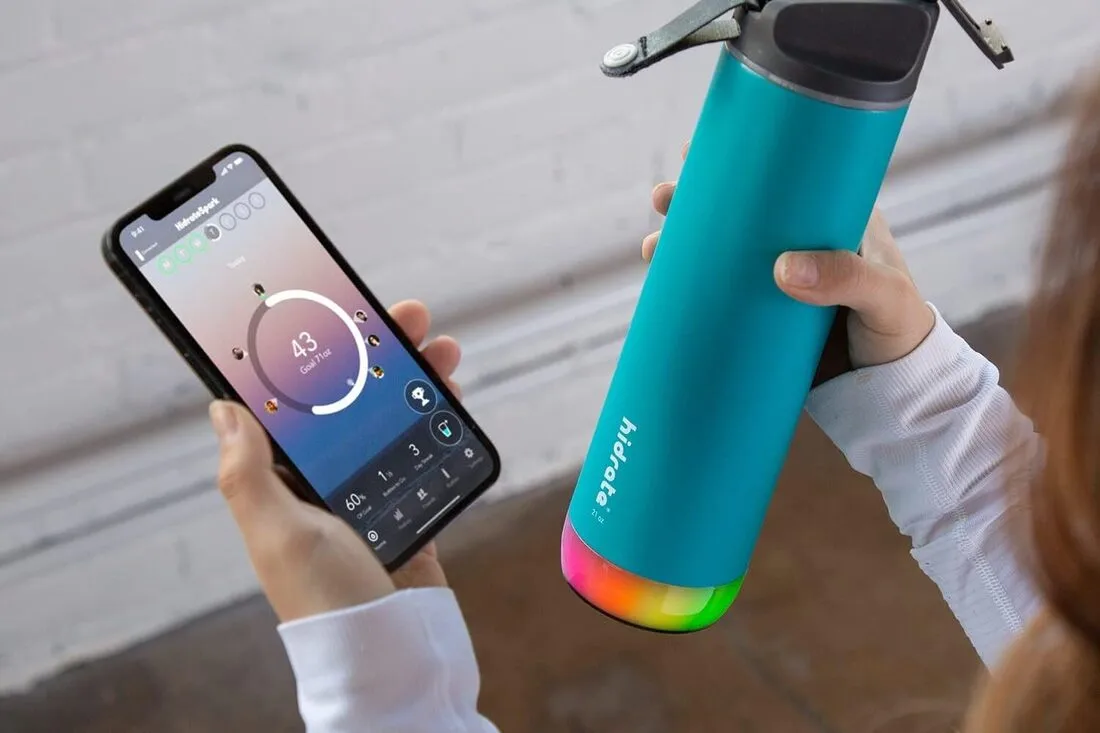
Proper hydration is crucial for post-workout recovery. Consider investing in a smart water bottle that tracks your intake and reminds you to stay hydrated throughout the day.
Stretch Bands
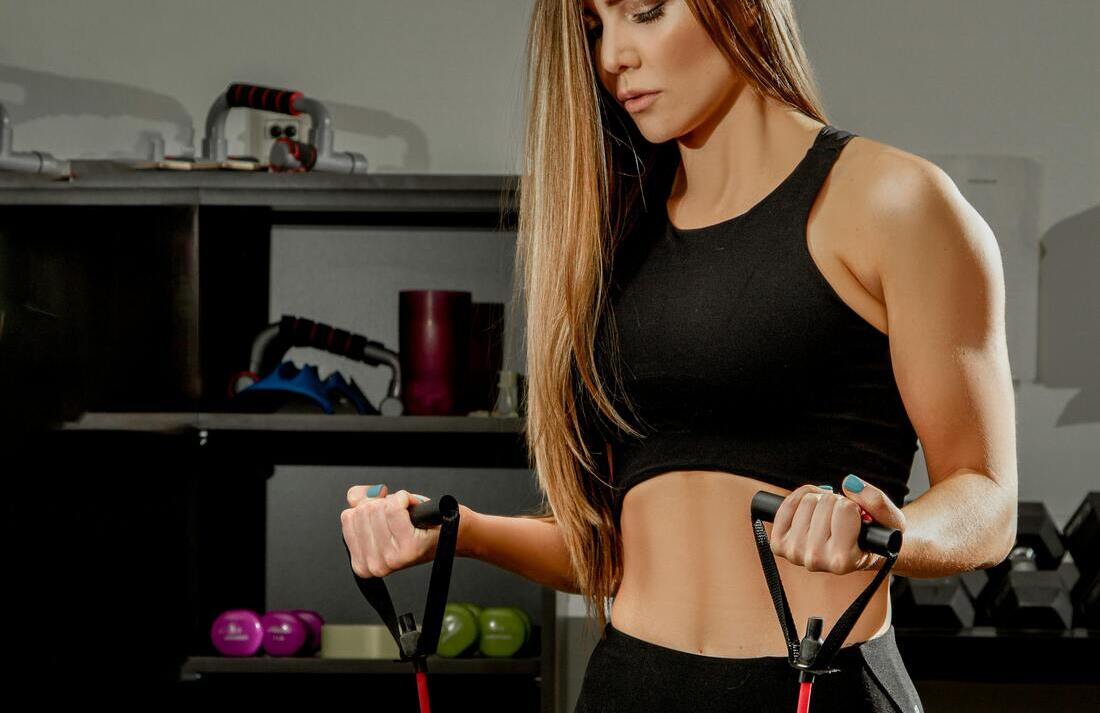
Resistance bands can be used to perform dynamic stretches and mobility exercises, which help improve flexibility, increase range of motion, and prepare your body for your next workout.
Massage Guns
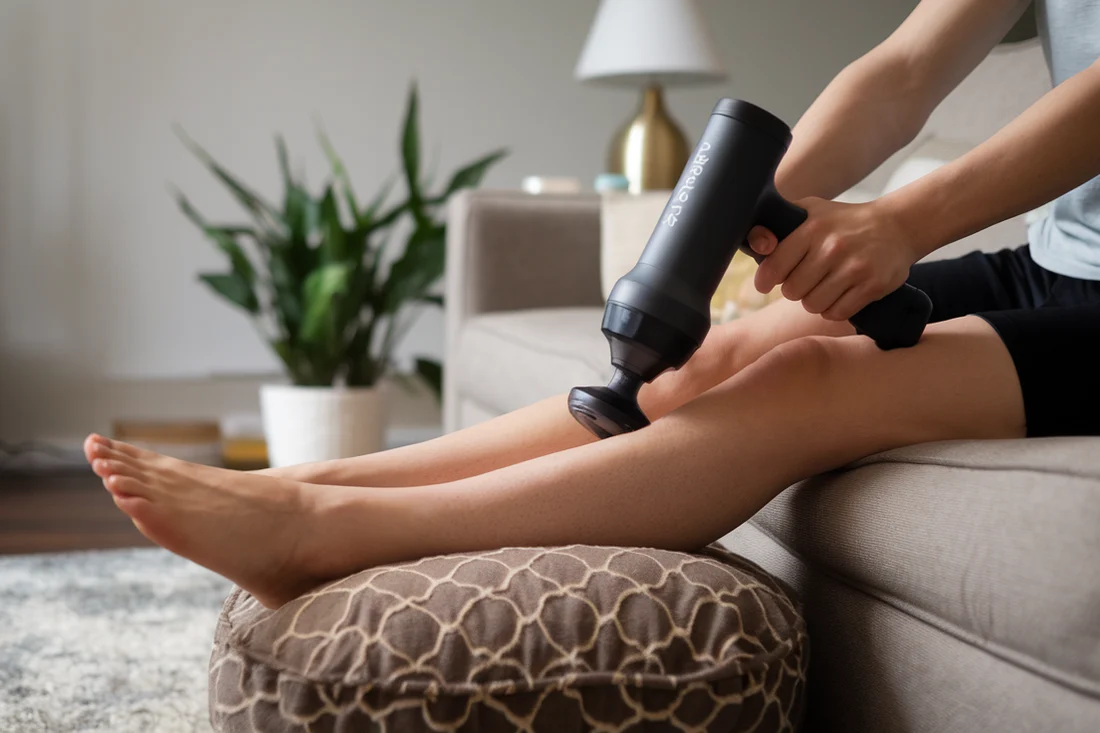
These portable, high-frequency massage devices can effectively target muscle soreness and tension, promoting increased blood flow and reducing recovery time.
Sleep Aids

Prioritizing quality sleep is essential for physical recovery and overall well-being.
Incorporate sleep-enhancing tools, such as blackout curtains, white noise machines, or even weighted blankets, to ensure you’re getting the rest your body needs.
Advanced Recovery Tools
Cryotherapy Devices
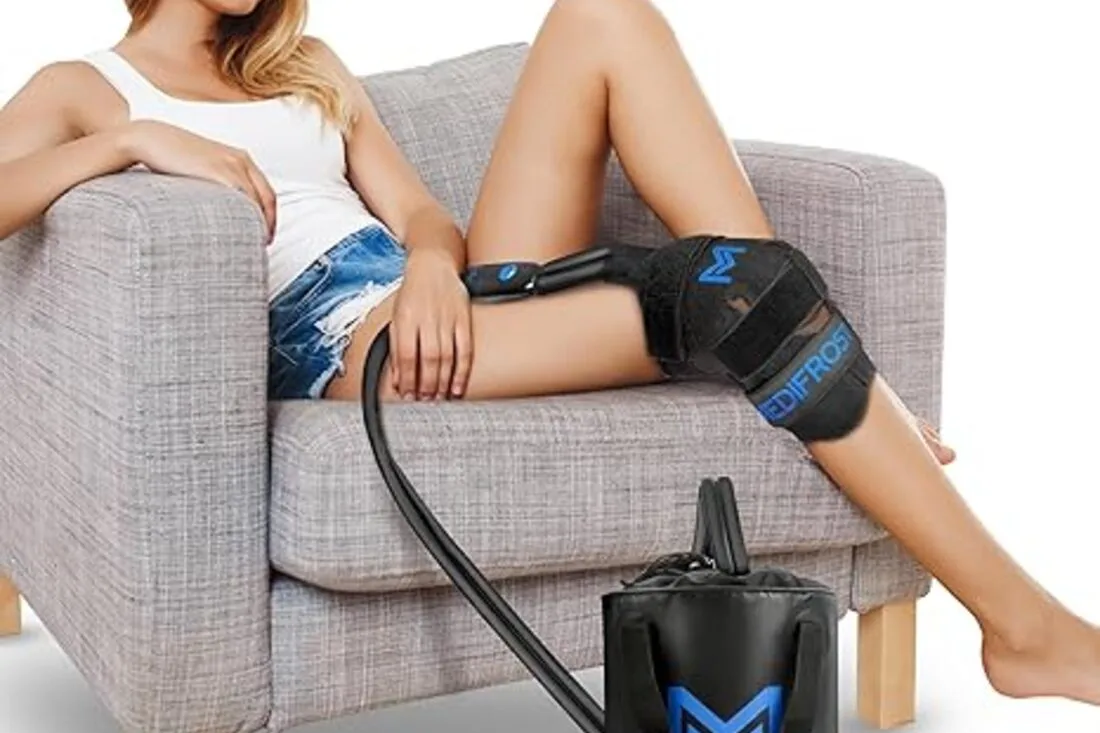
Exposure to extreme cold, known as cryotherapy, can help reduce inflammation, alleviate muscle soreness, and enhance recovery.
Invest in a portable cryotherapy device or explore options for whole-body cryotherapy sessions.
Heat Therapy Tools

Applying heat to sore muscles can increase blood flow, reduce stiffness, and promote healing.
Consider using heating pads, hot baths, or even infrared saunas as part of your post-workout recovery routine.
Electric Stimulators
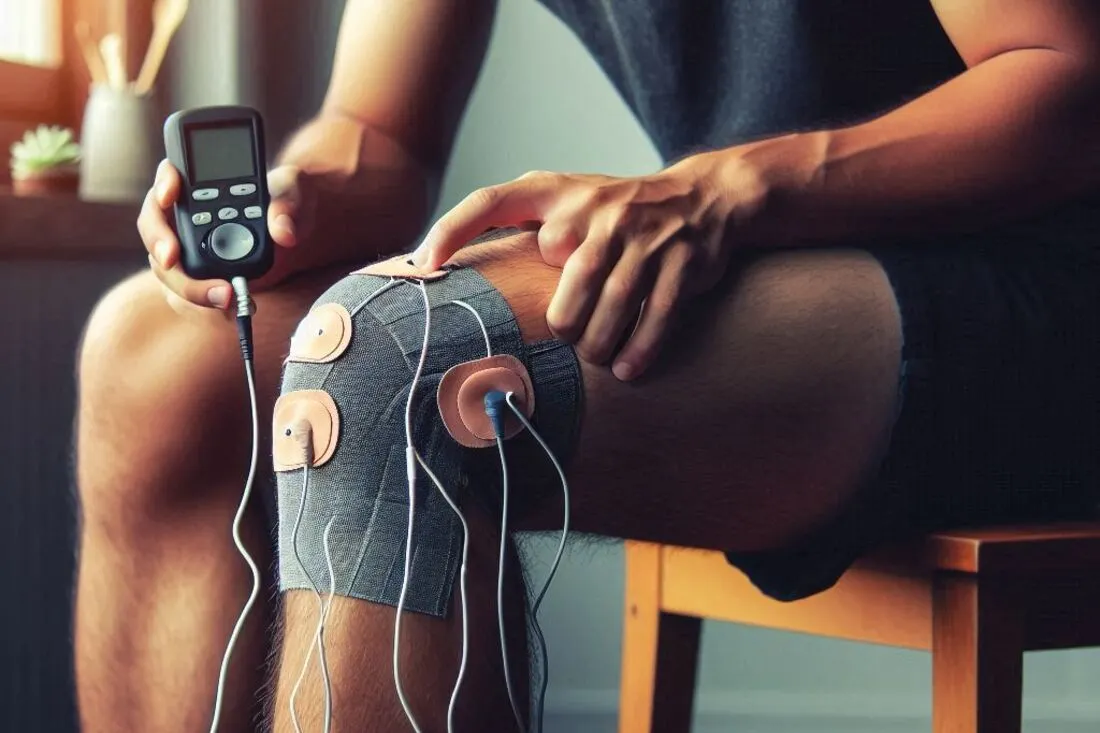
Electrical muscle stimulation (EMS) devices can help re-educate and re-activate muscles, improving recovery and potentially reducing the risk of injury.
By incorporating these essential and advanced recovery tools into your fitness regimen, you’ll be well on your way to mastering post-workout recovery and taking your performance to new heights.
Tailored Recovery Routines
To maximize the benefits of your post-workout recovery, it’s essential to tailor your routines to your specific needs and goals.
Here, we’ll provide customized recovery tips and equipment recommendations for athletes, fitness enthusiasts, and those looking to prevent injuries.
For Athletes: Specific Equipment and Routines for High-Intensity Training
Equipment:
- Foam Roller: Use a foam roller to target deep tissue and release tension in muscles that are frequently used in high-intensity training.
- Compression Gear: Wear compression gear during and after workouts to enhance blood flow and reduce inflammation.
- Massage Gun: Utilize a massage gun to deeply stimulate muscle recovery, particularly in areas of frequent strain.
- Cryotherapy Devices: Incorporate cryotherapy sessions to reduce inflammation and speed up recovery.
Routine:
- Post-Workout: Spend 10-15 minutes foam rolling major muscle groups.
- Immediate Relief: Apply a compression sleeve or sock to aid in reducing swelling and inflammation.
- Active Recovery: Use a massage gun for 5-10 minutes on the most affected areas.
- Deep Tissue Recovery: Schedule a weekly cryotherapy session to minimize long-term inflammation.
For Fitness Enthusiasts: General Tips and Tools for Everyday Enthusiasts
Equipment:
- Stretch Bands: Use resistance bands to perform dynamic stretches before and after workouts.
- Smart Water Bottle: Stay hydrated with a smart water bottle that tracks your intake and reminds you to drink.
- Sleep Aids: Incorporate tools like blackout curtains or white noise machines to improve sleep quality.
- Heat Therapy Tools: Use a heating pad or take a hot bath to promote muscle relaxation.
Routine:
- Pre-Workout: Perform 5-10 minutes of dynamic stretches using resistance bands.
- Post-Workout: Spend 5 minutes foam rolling and then apply a heat therapy tool.
- Hydration: Ensure you’re drinking enough water throughout the day with the help of your smart water bottle.
- Rest and Relaxation: Prioritize quality sleep using sleep aids to facilitate better recovery.
For Injury Prevention: Tips and Equipment to Avoid Common Injuries
Equipment:
- Foam Roller: Regularly use a foam roller to maintain flexibility and reduce the risk of injury.
- Compression Gear: Wear compression gear during intensive workouts to support muscles and minimize strain.
- Electrical Muscle Stimulation (EMS) Devices: Use EMS to help re-educate and re-activate muscles, reducing the risk of injury.
- Protective Gear: Invest in protective gear like knee braces or ankle supports for high-impact activities.
Routine:
- Pre-Workout: Spend 5 minutes foam rolling to prepare your muscles for activity.
- Compression Support: Wear compression gear during your workout to provide extra support to muscles and joints.
- Post-Workout: Perform a cool-down routine using your foam roller to prevent muscle tightness.
- Muscle Stimulation: Use EMS devices a few times a week to maintain muscle health and function.
By tailoring your recovery routines and utilizing the right equipment, you can significantly improve your overall fitness and athletic performance, reduce the risk of injury, and enhance your recovery process.
FAQs
As you navigate the world of post-workout recovery, you’re bound to have some questions.
Here, we’ve compiled a list of frequently asked questions and their answers to help you get the most out of your recovery routine.
Question: What are the best tools for muscle recovery?
Answer: When it comes to the best tools for muscle recovery, we recommend focusing on the following equipment:
- Foam Rollers: Foam rolling is a highly effective self-myofascial release technique that can help reduce muscle soreness, improve flexibility, and enhance overall recovery.
- Massage Guns: Portable massage guns are powerful tools that can deeply stimulate muscle tissue, increase blood flow, and alleviate tension and pain in targeted areas.
- Compression Gear: Compression socks, sleeves, and wraps apply gentle pressure to the muscles, improving circulation and reducing inflammation to aid in the recovery process.
These three pieces of equipment are essential for any well-rounded post-workout recovery routine.
Question: How often should I use recovery equipment?
Answer: The frequency with which you should use your recovery equipment will depend on the intensity of your workouts and your individual needs. As a general guideline:
- Light to Moderate Workouts: Use recovery tools like foam rollers and stretch bands 2-3 times per week.
- High-Intensity Workouts: Incorporate recovery tools, such as massage guns and compression gear, after every workout session.
- Injury or Heavy Training: Consider using advanced tools like cryotherapy or heat therapy devices 1-2 times per week to promote faster healing and recovery.
It’s important to listen to your body and adjust your recovery routine accordingly. Pay attention to how you feel and make changes as needed to ensure optimal recovery and performance.
Question: Can recovery tools speed up injury healing?
Answer: Yes, the proper use of recovery tools can indeed help speed up the healing process for certain injuries. Here’s how:
- Compression Gear: Applying gentle compression to the affected area can help reduce swelling and inflammation, which are common symptoms of injury.
- Cryotherapy: Exposure to extreme cold can constrict blood vessels, minimize swelling, and numb pain, all of which can aid in the recovery of soft tissue injuries.
- Electrical Muscle Stimulation (EMS): EMS devices can help re-educate and re-activate injured muscles, promoting faster rehabilitation and reducing the risk of re-injury.
However, it’s important to consult with a healthcare professional before using any recovery tools for injury management. They can help you develop a safe and effective plan tailored to your specific condition and recovery needs.
Remember, incorporating the right recovery equipment into your routine can make a significant difference in your overall fitness, performance, and long-term health.
Tables and Lists
To help you easily navigate the world of post-workout recovery equipment, we’ve created a comprehensive comparison table and a downloadable checklist for your reference.
Comparison Table: Recovery Tools and Their Benefits

Downloadable Checklist: Ultimate Recovery Equipment
Download the Ultimate Recovery Equipment Checklist
This handy checklist outlines the essential and advanced recovery tools discussed in this article, making it easy for you to keep track of the equipment you need to master your post-workout recovery.
Remember, the key to optimizing your recovery is to experiment with different tools and find the ones that work best for your individual needs and fitness goals.
Use this comparison table and checklist as a starting point to build your ultimate recovery arsenal.
Credible Citations
These citations from reputable journals, experts, and healthcare professionals help validate the claims made throughout this article and provide readers with confidence in the information presented.
- Effects of different post-match recovery interventions on subsequent athlete hormonal state and game performance. National Institutes of Health (NIH)(.gov)
- Recovery and Performance in Sport: Consensus Statement. National Institutes of Health (NIH)(.gov)
- Effects of the use of foam rollers by high-performance athletes on range of motion, flexibility, strength and delayed onset muscle soreness. ResearchGate.
- Compression garments and recovery from exercise-induced muscle damage: a meta-analysis. ResearchGate
Testimonials and Reviews
Hearing from real users who have experienced the benefits of the recovery equipment and techniques discussed in this article can be incredibly valuable.
Here are a few testimonials from athletes and fitness enthusiasts who have incorporated these tools into their routines:
Jamal, Professional Basketball Player: “As a professional athlete, recovery is crucial for my performance and longevity. Since I started using a combination of foam rolling, compression socks, and a massage gun, my muscle soreness has decreased significantly, and I’m able to bounce back much faster after intense training sessions. These recovery tools have been game-changers for me.”
Sarah, CrossFit Enthusiast: “I’ve always struggled with post-workout recovery, but after adding a cryotherapy session and using a smart water bottle to stay hydrated, I’ve noticed a dramatic improvement. My energy levels are higher, and I’m able to push myself harder in the gym without feeling as fatigued. The difference in my recovery has been truly remarkable.”
Alex, Avid Hiker: “I love spending time outdoors, but the long hikes and strenuous activities can really take a toll on my body. Incorporating stretch bands and heat therapy tools into my post-workout routine has been a game-changer. I’m able to maintain my mobility and flexibility, which has allowed me to stay active and injury-free.”
These testimonials highlight the real-world benefits that athletes and fitness enthusiasts have experienced by incorporating the recovery equipment and techniques discussed in this article.
Hearing from individuals who have seen tangible results can help inspire readers to take their own recovery routines to the next level.
Key Takeaways
In this comprehensive guide, we’ve explored the ultimate equipment checklist to help you master your post-workout recovery. Let’s recap the key benefits of each recovery tool and provide actionable steps for incorporating them into your fitness routine.
Summary Points:
- Foam Rollers: Reduce muscle soreness, improve flexibility, and enhance overall recovery.
- Compression Gear: Improve circulation, minimize swelling, and aid in the removal of lactic acid.
- Hydration Tools: Promote proper hydration, which is crucial for optimizing recovery and performance.
- Stretch Bands: Improve mobility, increase range of motion, and prepare the body for activity.
- Massage Guns: Alleviate muscle tension, increase blood flow, and reduce recovery time.
- Sleep Aids: Improve sleep quality, which facilitates muscle repair and whole-body recovery.
- Cryotherapy Devices: Reduce inflammation, alleviate muscle soreness, and accelerate the recovery process.
- Heat Therapy Tools: Increase blood flow, promote muscle relaxation, and enhance recovery.
- Electrical Muscle Stimulators (EMS): Re-educate and re-activate muscles, reducing the risk of injury.
Actionable Steps:
- Assess Your Needs: Determine which recovery tools are most beneficial for your specific fitness goals and workout routine.
- Develop a Recovery Routine: Incorporate the appropriate recovery equipment into your pre- and post-workout routines.
- Experiment and Adjust: Try different tools and techniques, and make adjustments based on your body’s response and recovery needs.
- Prioritize Rest and Relaxation: Ensure you’re getting enough quality sleep and taking breaks when necessary to allow your body to fully recover.
- Stay Consistent: Make recovery a integral part of your fitness regimen to maximize the benefits and achieve your long-term goals.
By implementing these key recovery tools and following the actionable steps, you’ll be well on your way to mastering your post-workout recovery and taking your fitness to new heights.
Conclusion
In the world of fitness and athletic performance, post-workout recovery is often an overlooked, yet crucial, component of any successful regimen.
By neglecting proper recovery, you risk prolonged muscle soreness, decreased athletic performance, and an increased likelihood of injury – all of which can derail your progress and hinder your long-term goals.
However, by incorporating the ultimate equipment checklist outlined in this guide, you can take your post-workout recovery to new heights and unlock your full potential as a fitness enthusiast or athlete.
From foam rollers and compression gear to cryotherapy devices and electrical muscle stimulators, these tools and techniques can significantly improve your body’s ability to repair, regenerate, and perform at its best.
The long-term benefits of prioritizing post-workout recovery are undeniable. By consistently using the right recovery equipment, you can expect to see:
- Faster muscle recovery and reduced soreness
- Improved athletic performance and endurance
- Enhanced flexibility and mobility
- Reduced risk of injury and faster healing
- Increased energy levels and overall well-being
Ready to level up your recovery game? Download our ultimate equipment checklist and start seeing the difference in your fitness journey today.
Unlock your full potential, optimize your performance, and take your recovery to the next level.
Related Posts
No posts
